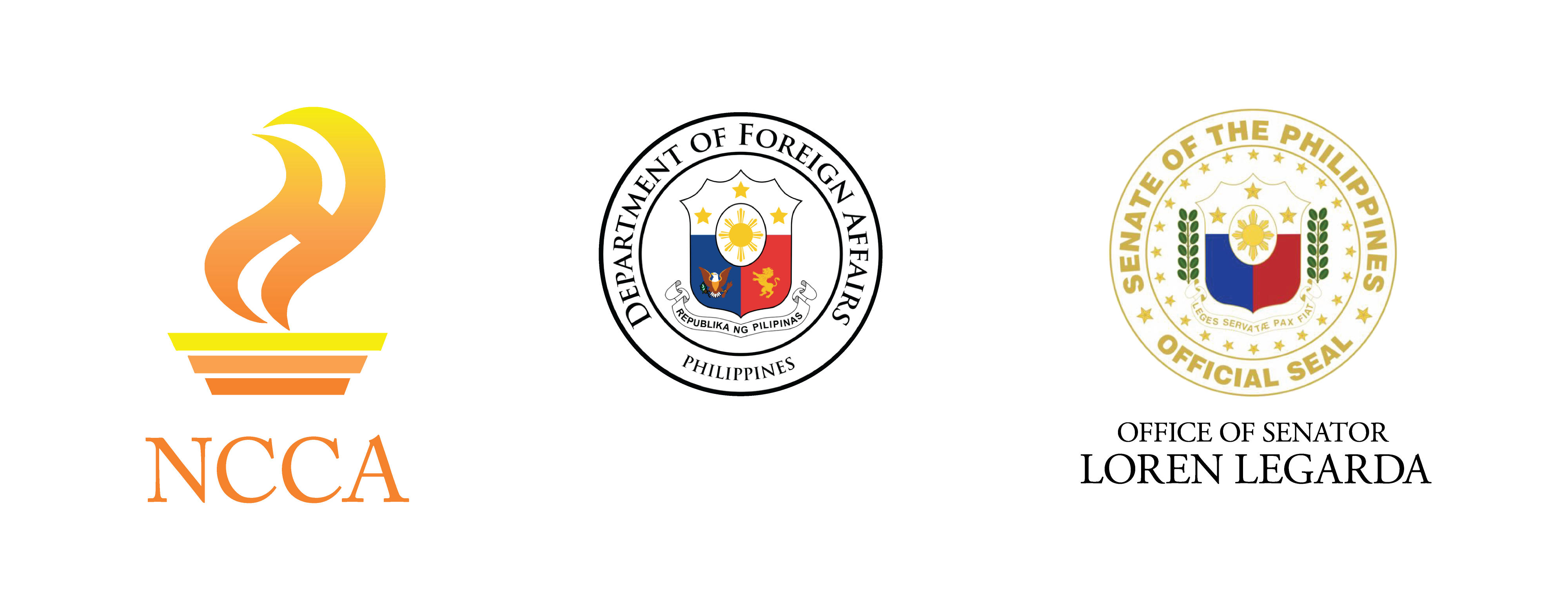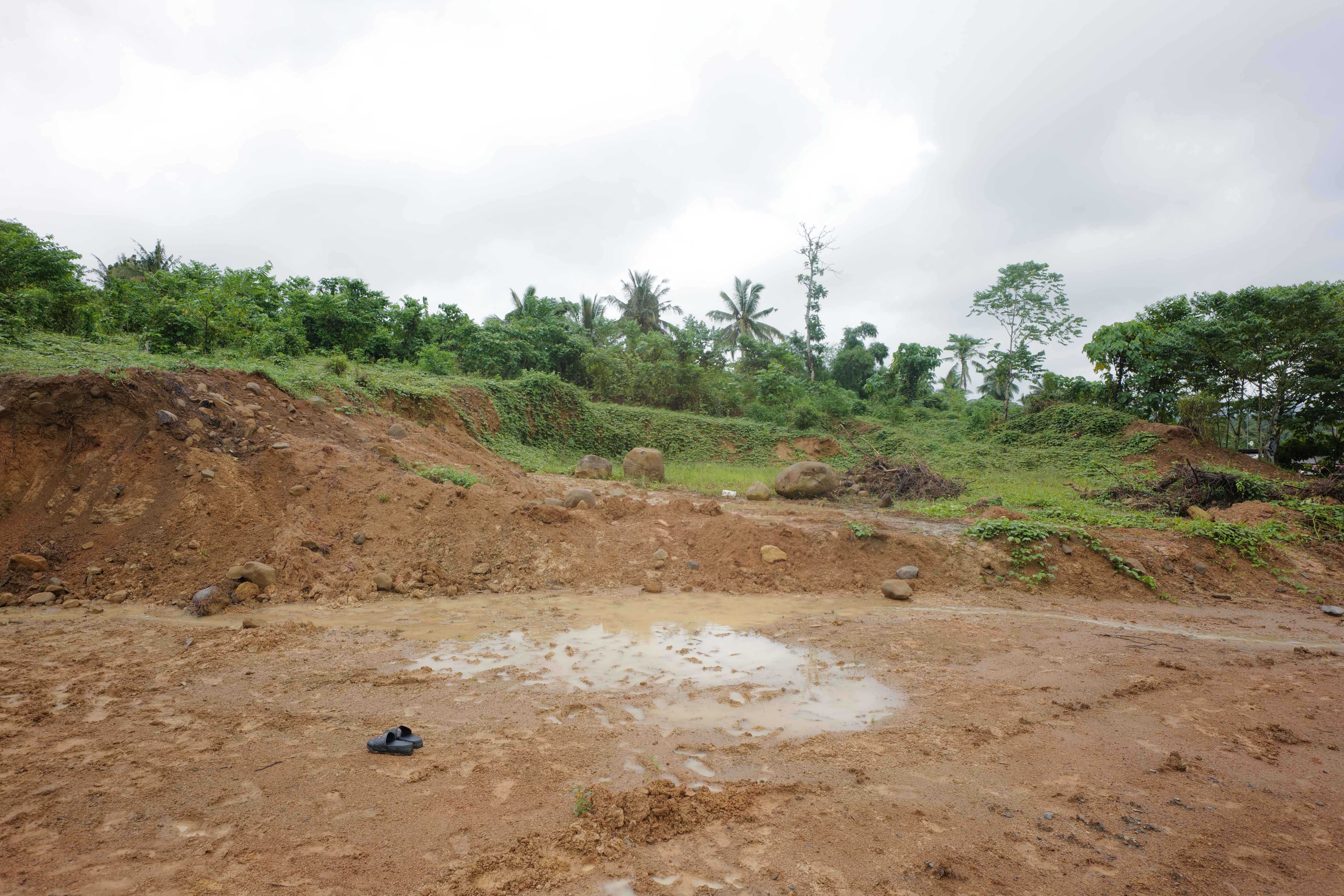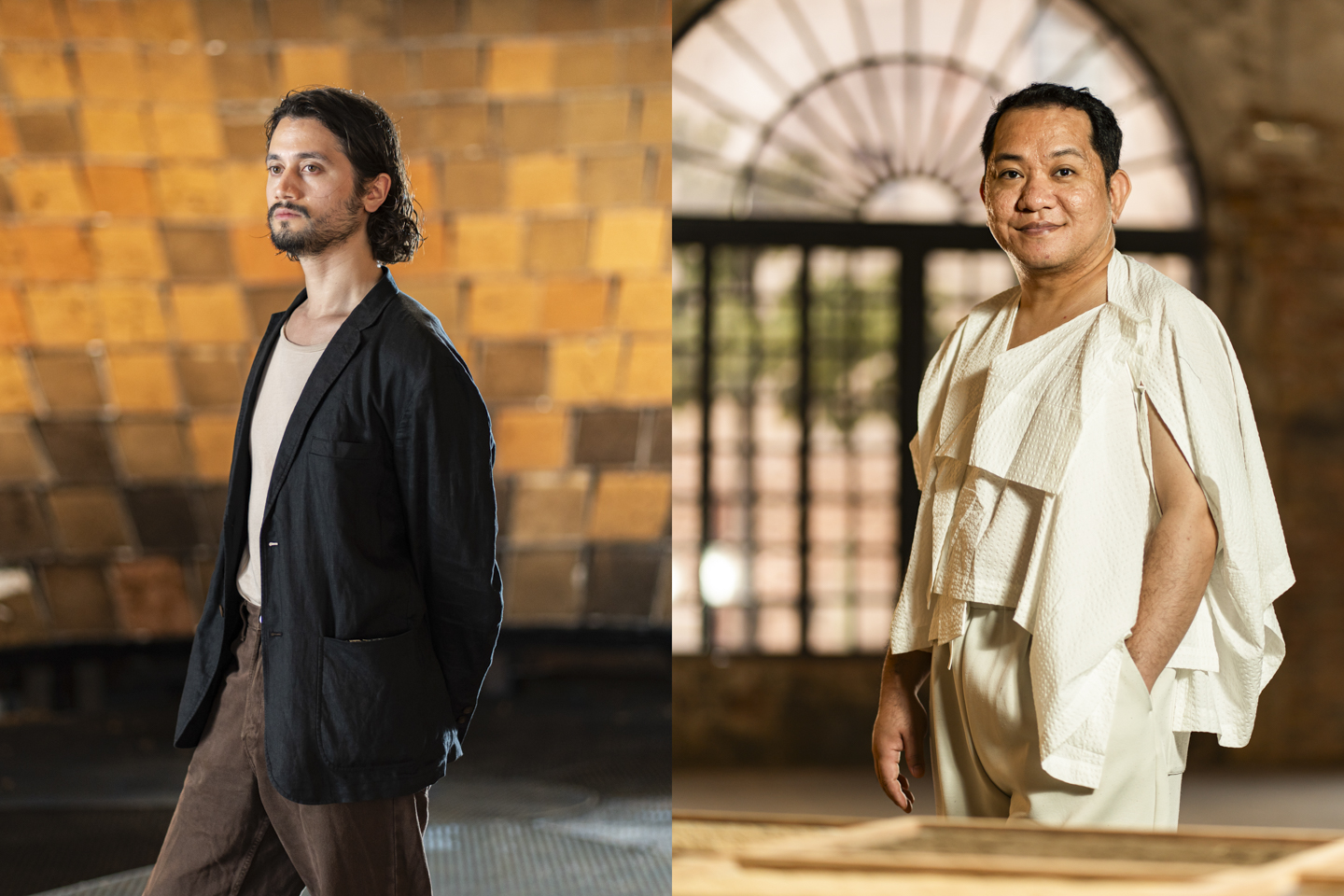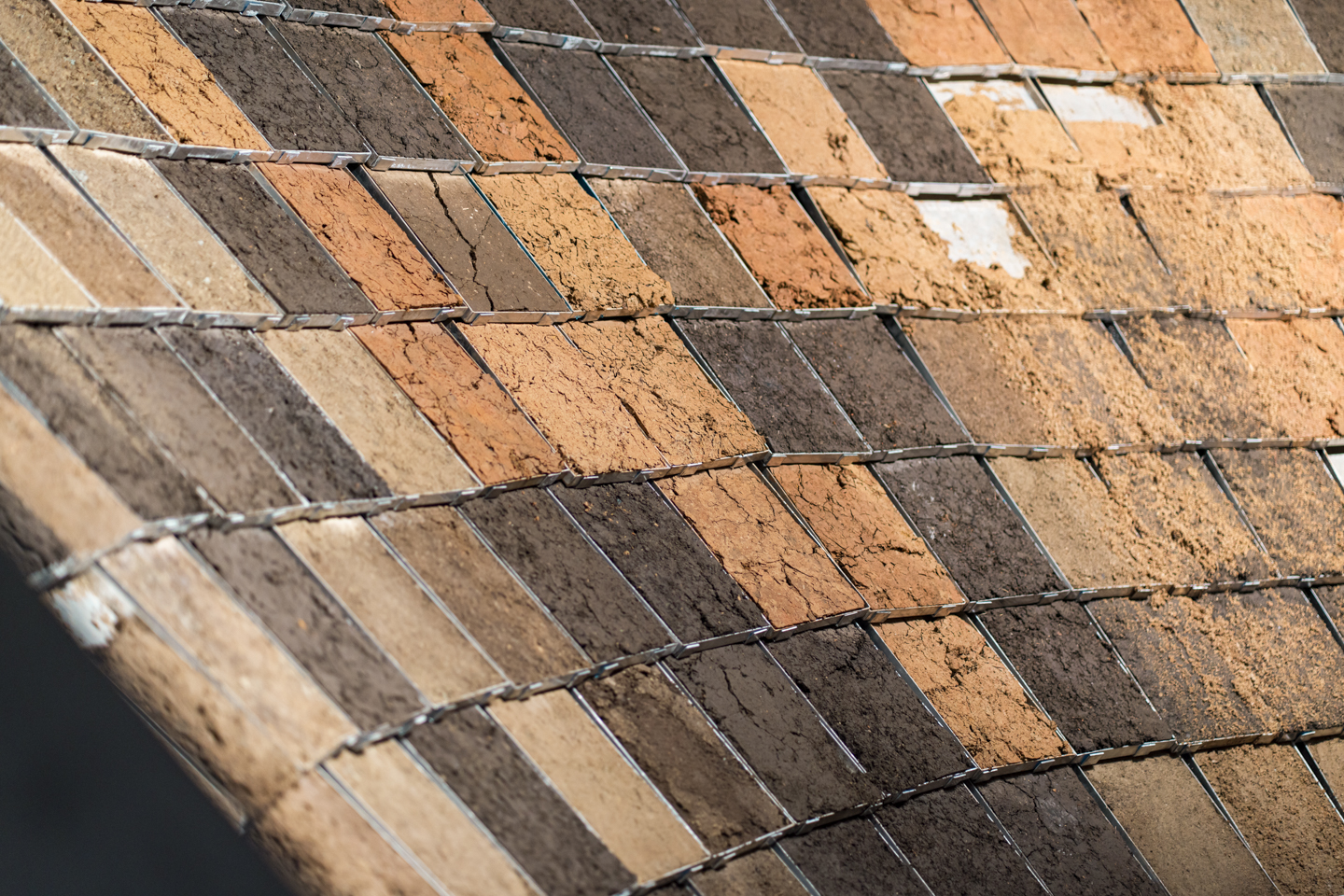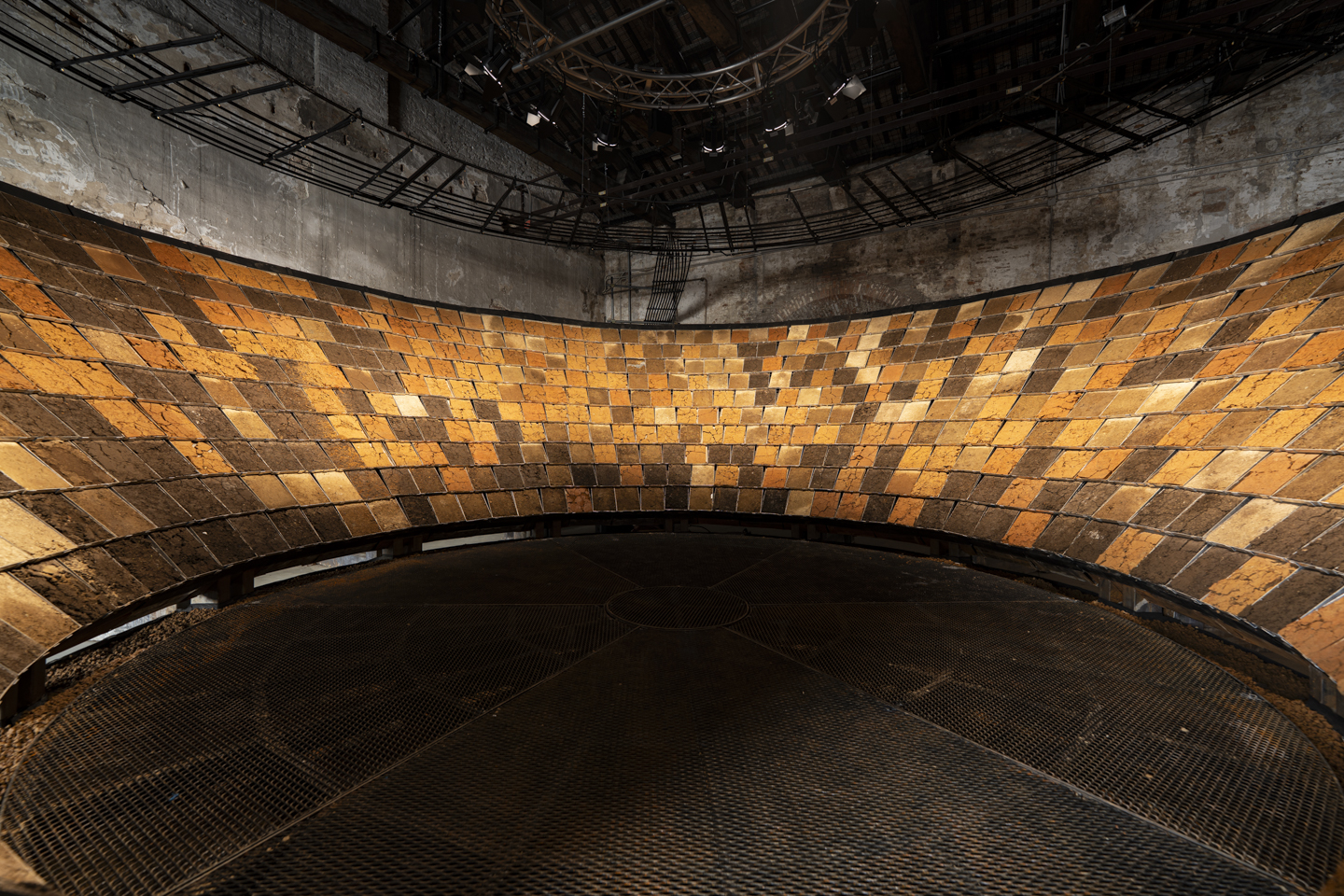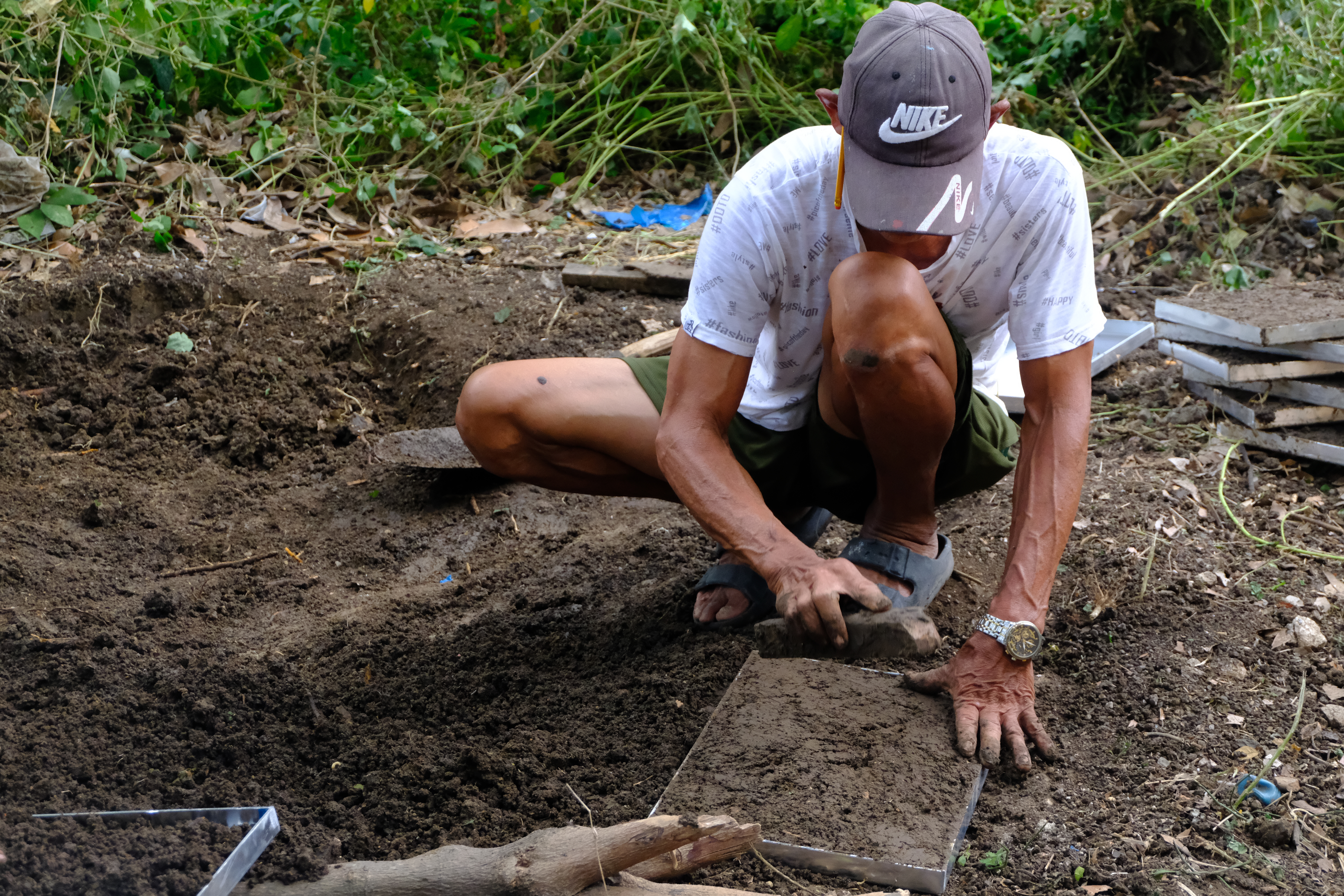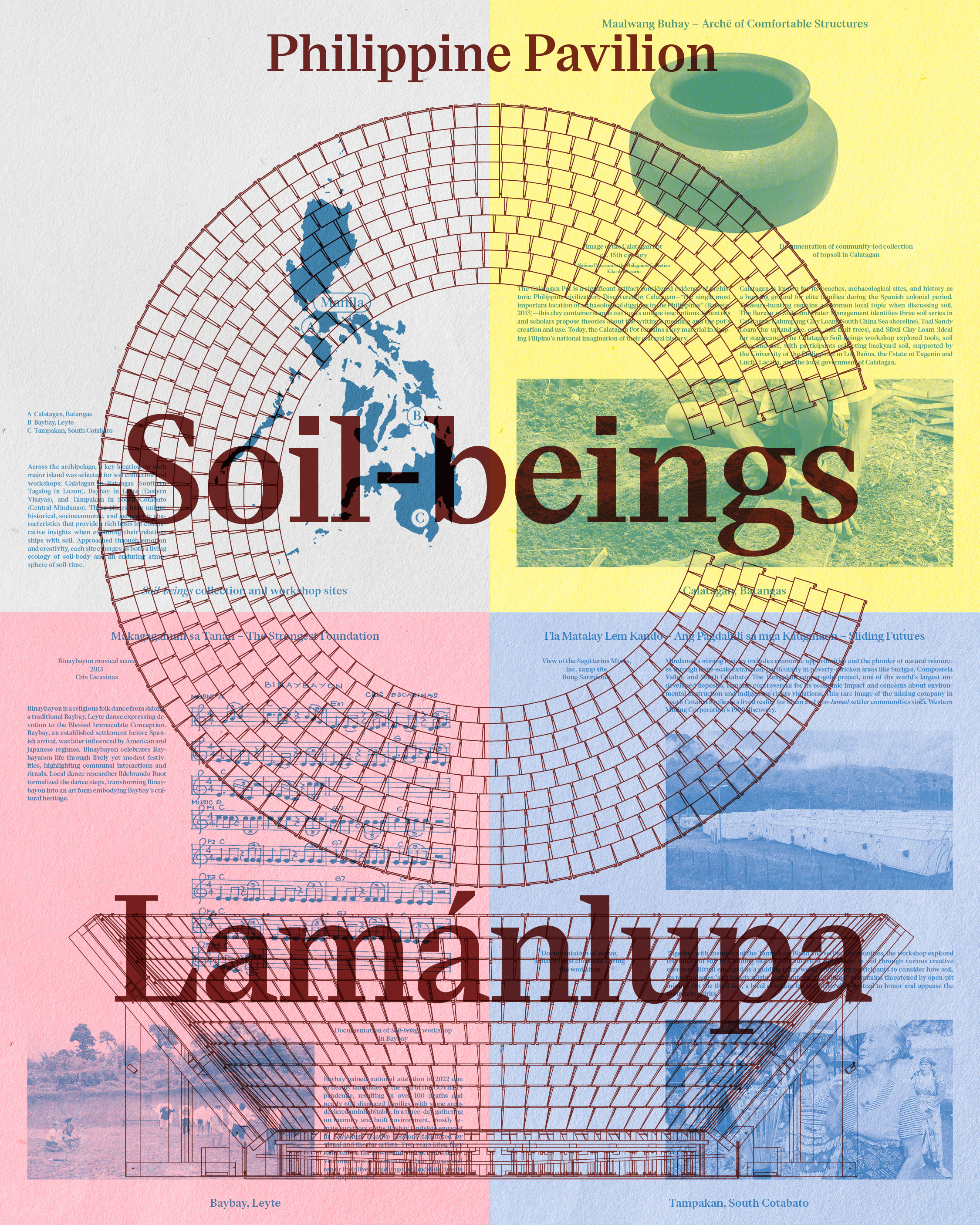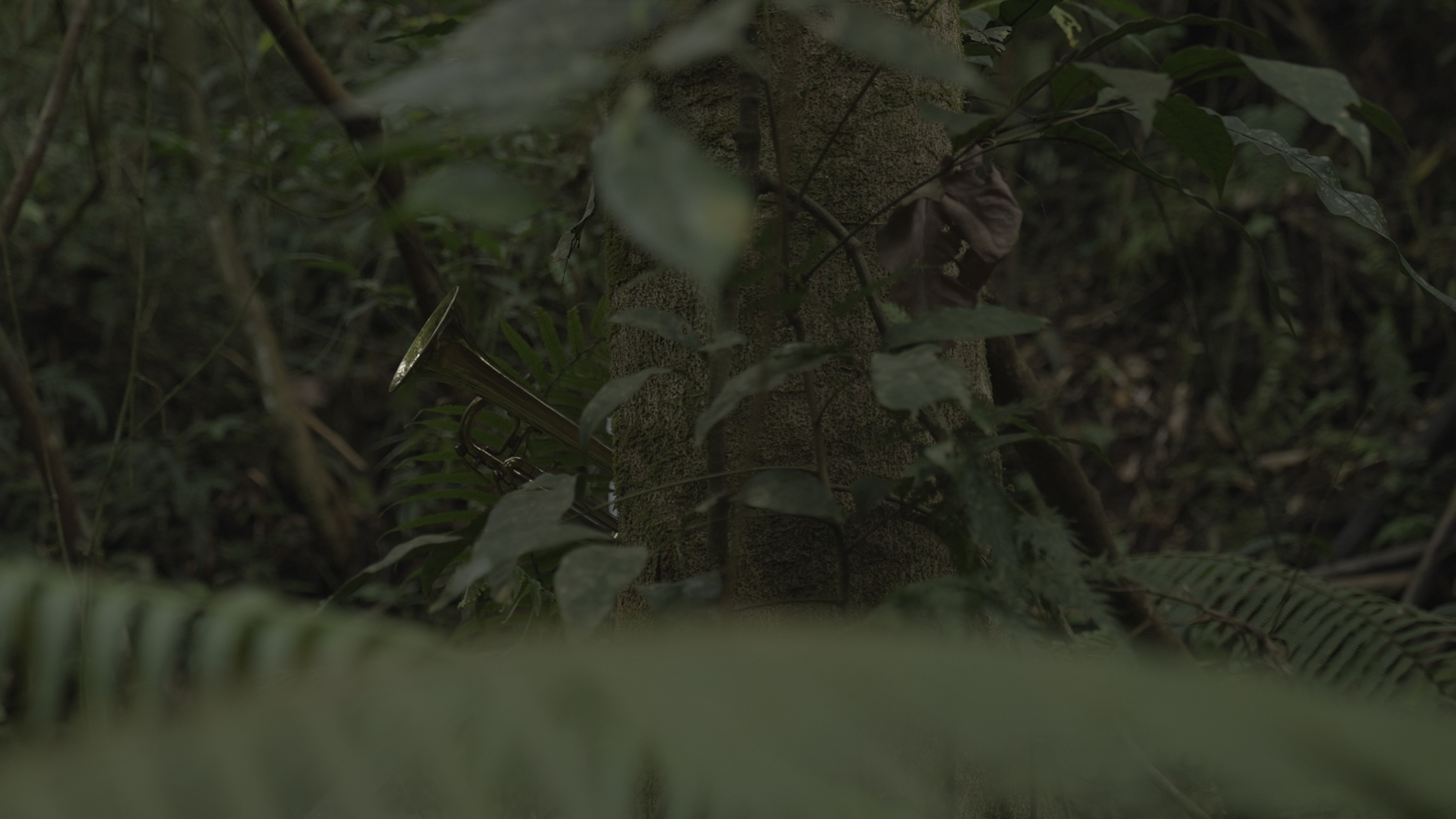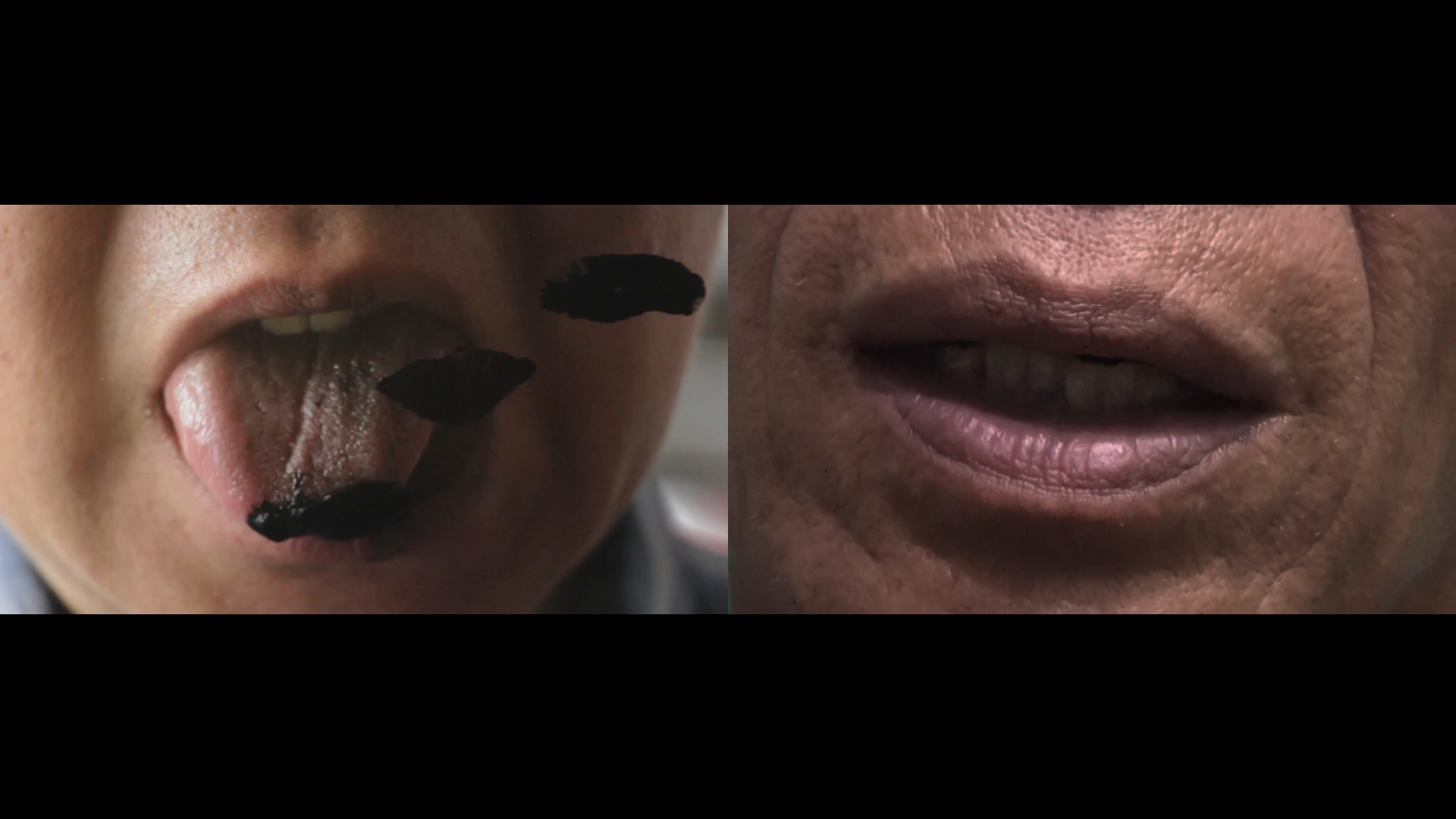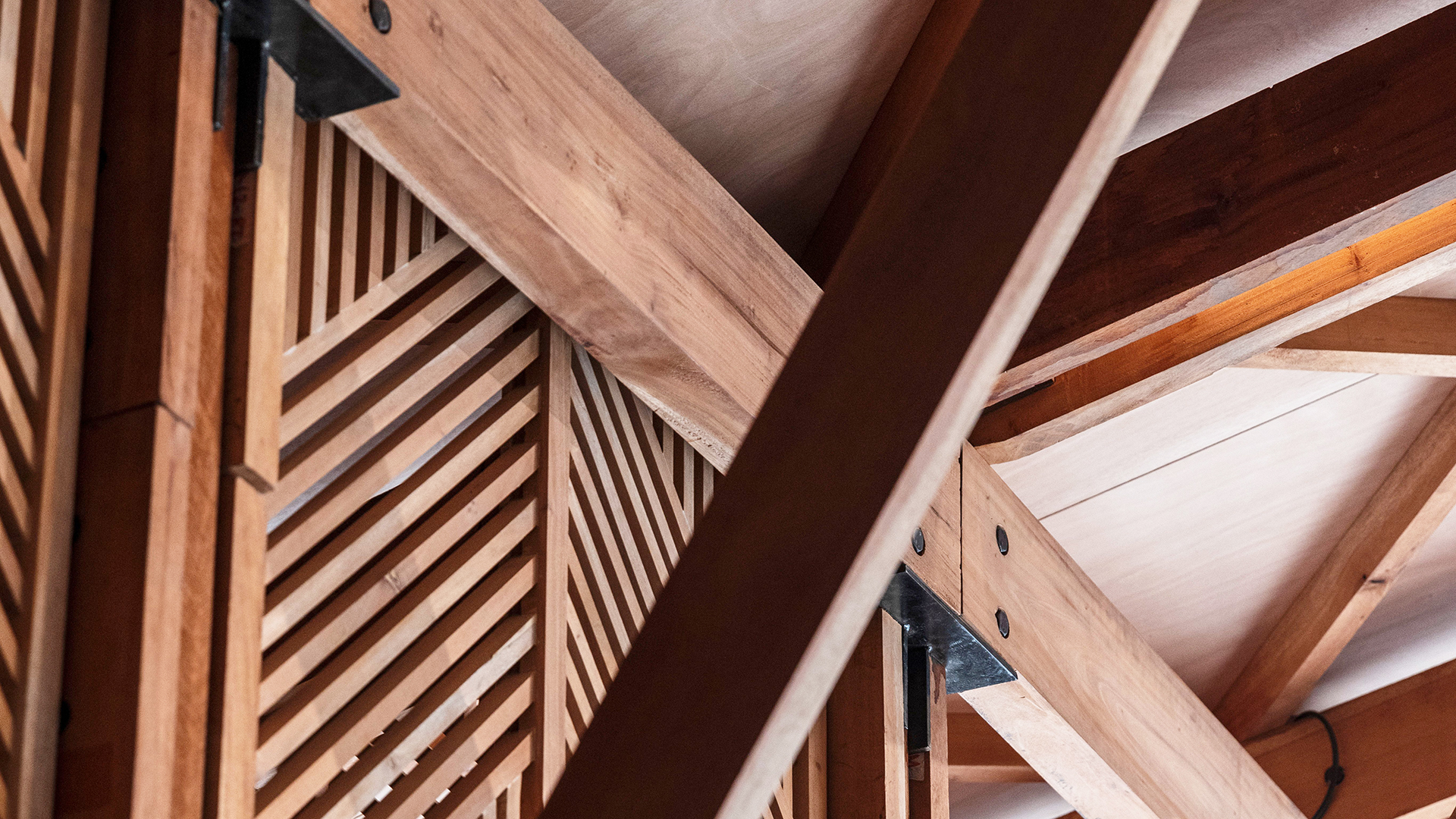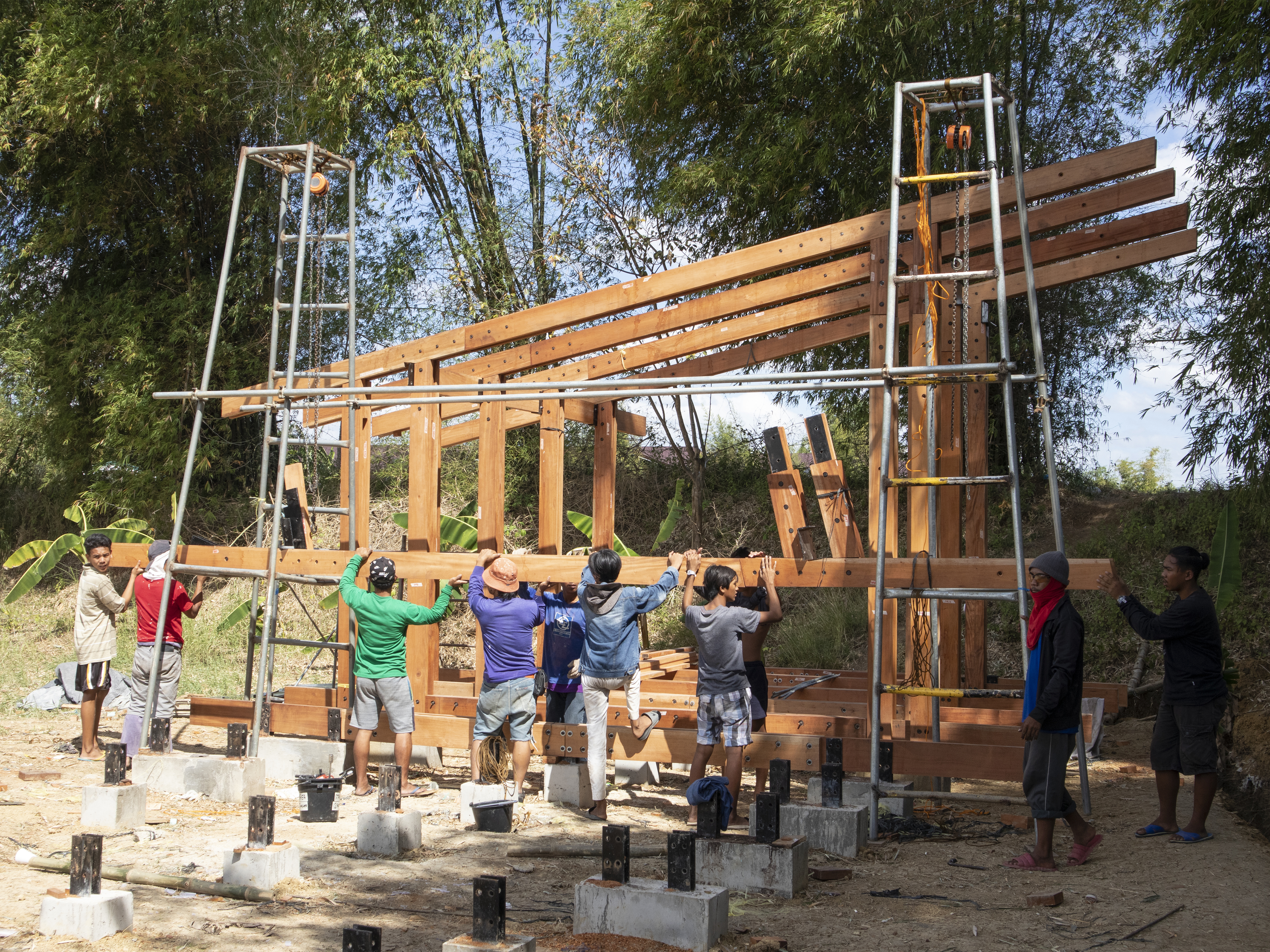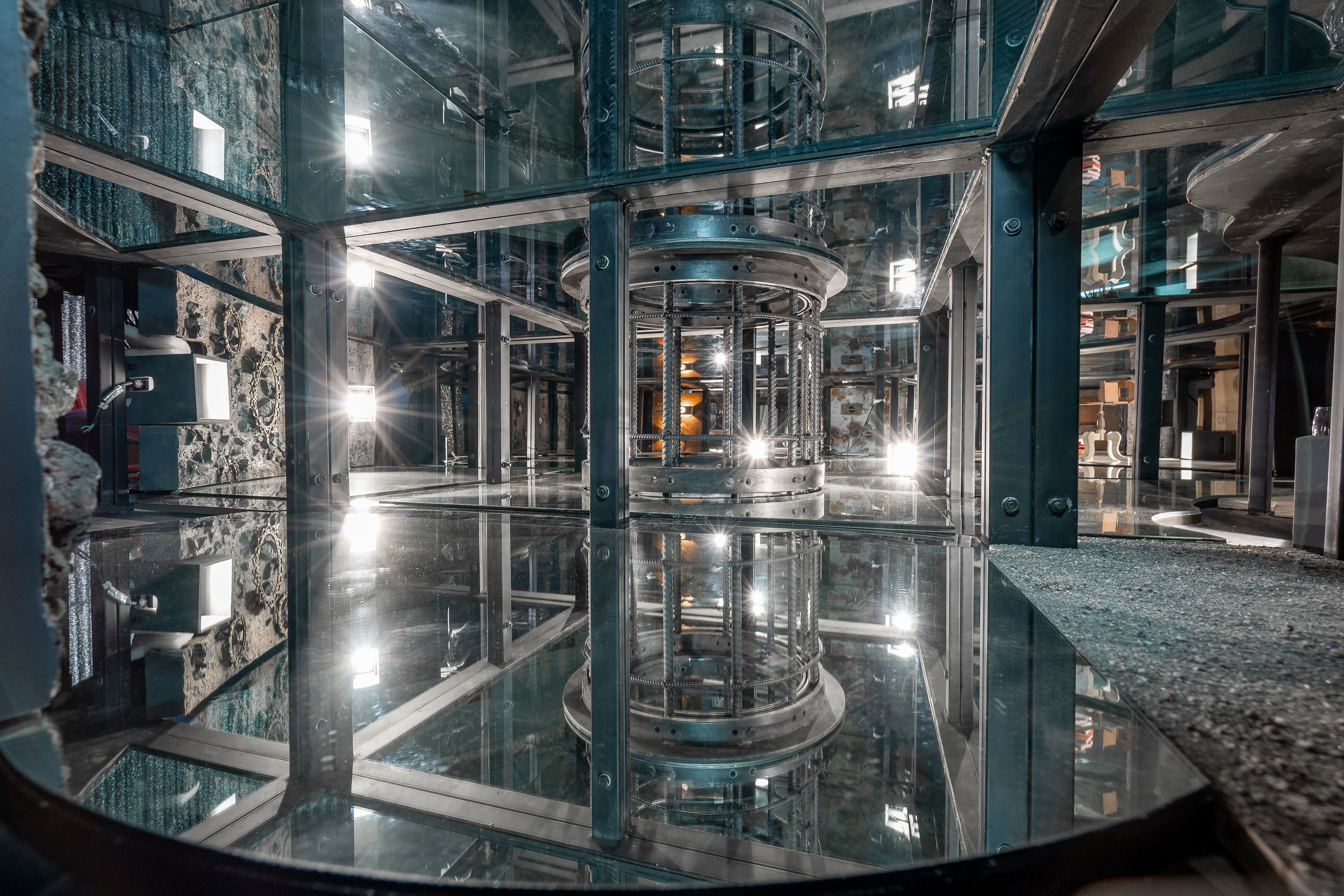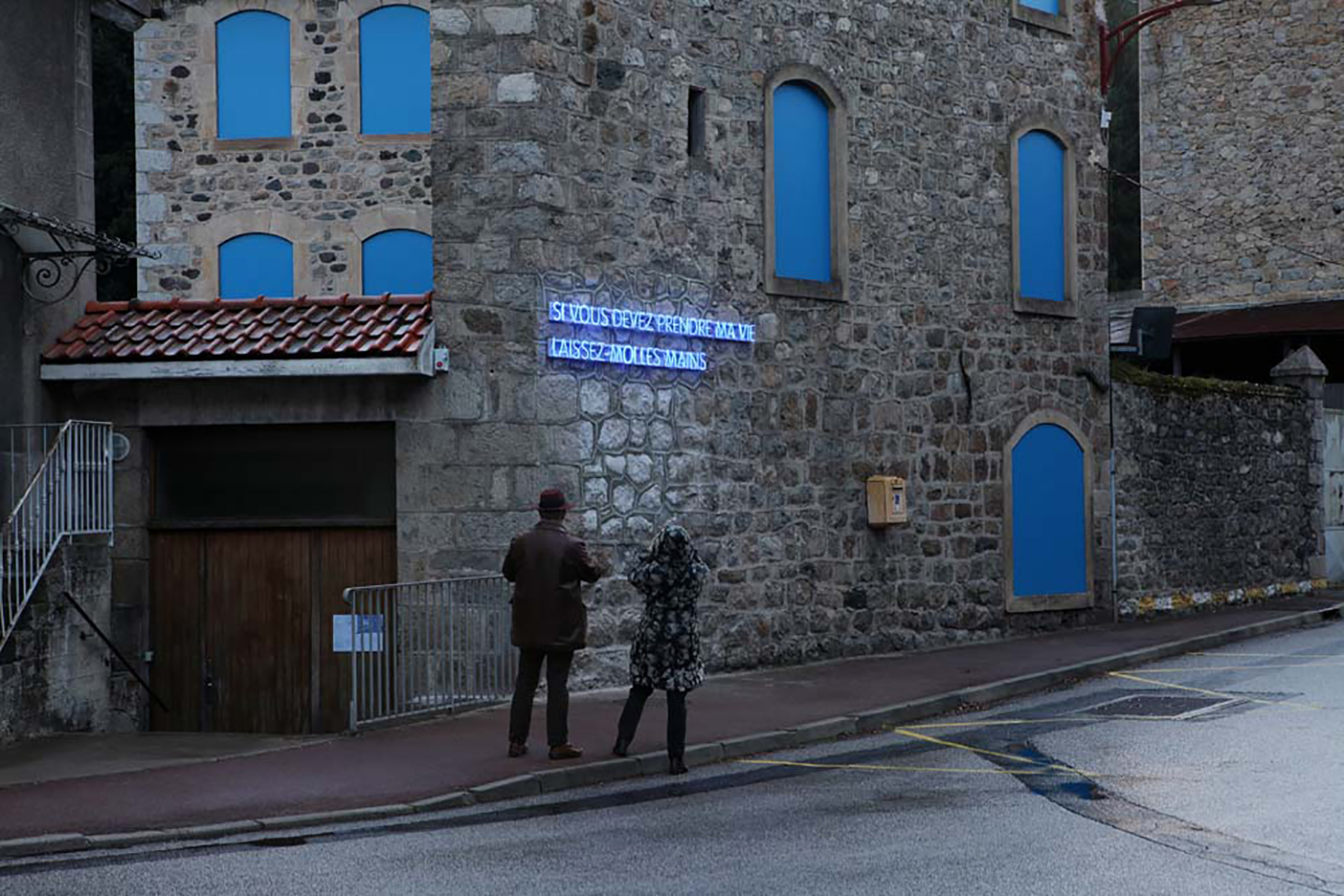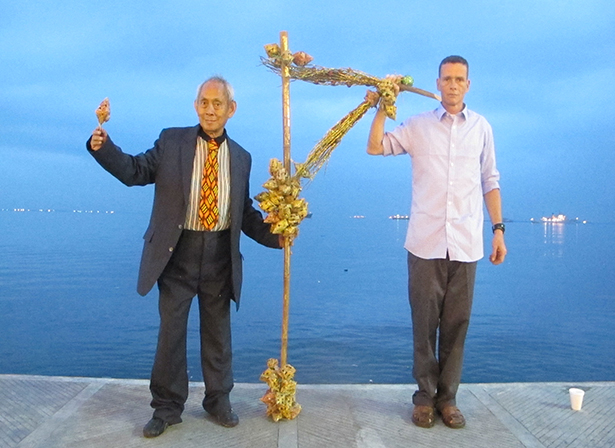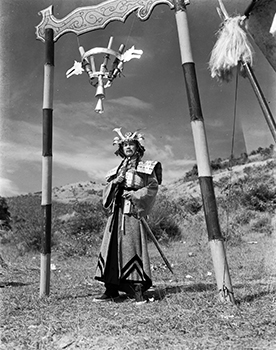Philippine Pavilion at the 19th International Venice Architecture Biennale
May 10–November 23, 2025
Artiglierie in the Arsenale, Venice, Italy
The Philippine Pavilion titled Soil-beings (Lamánlupa) imagines how the conceptions, traditions, and responsibilities of architectural practice can participate in the principles of soil-body and soil-time. The education and discourse on architecture have stabilized soil’s function--soil provides ecosystem services. Architects implant soil as the foundation of an environment, mediating its vulnerabilities and strengthening its qualities in order to maximize spaces for habitation, resource development, and settlement. While these relationships are assumed requisites in the built environment, soil takes a minor role in the formation of the architectural attitude. However, if we perceive soil as something alive and forceful, how might it influence architecture’s aspirations and solutions?
Curated by Renan Laru-an, Soil-beings (Lamánlupa) punctures a moment in architectural accomplishment through the composting and recomposing of the concept and use of soil by proposing it as the center of our understanding. A platform for long-term and intersectional research and creative education, the Philippine Pavilion initiated artist-led, translocal workshops with: scientists, technical experts, poets, and cultural workers in Metro Manila; farmers in Batangas (Luzon); landslide survivors in Baybay (Visayas), and members of Lumad and settler communities in Tampakan (Mindanao). The project drafts a working framework based on Basic Integrated Theater Arts Workshops (a popular curriculum used by theater practitioners), tests affective and artistic methodologies, and organizes alliances that embed soil and architecture in an inextricable ecological and technological relationship.
When global logistics disrupt the production timelines of sectors like architecture and engineering and their cultural conduits, such as biennials, fairs, and museums, hesitations resurface regarding the habits and priorities of our public tasks. As if soils themselves refused display, the experience of shipment delays in Soil-beings (Lamánlupa), often dismissed as routine, can be taken seriously as a signal to favor a more cosmopolitical attunement of practices over efficiency, output delivery, and performance index. In the interim, the project witnessed soil humbling management and bureaucracy, curatorial conceit, and design arrogance. Expertise bowed to paghalik sa lupa (revering the earth), a phrase used by Filipino farmers to describe the thresholds of soil and water during flooding, and a linguistic cognate that delivers the lips to digestion in an indigenous ritual of soil ingestion for lamentation.
Deliberating on this, Soil-beings (Lamánlupa) insists on quieting the monologues and scienticism of architecture, engineering, and urban and rural planning in the process of renewing a fellowship with soil. The project commissioned the artist and designer, Christian Tenefrancia Illi, to conceptualize Terrarium, a meditative, vortex-like structure that arranges almost a thousand tiles of soil types collected from various sites in the Philippines. In contrast to the anthropological panic over the imminent loss of (healthy) soils, Terrarium immerses the viewer, the architect, and the politician alike within the thresholds of gahum sa yuta (soil power). For the first time in their experience with soil, they encounter soil as a sentient being in real time: Illi choreographed the Philippine microclimates, while allowing the dramaturgical agency of soil to create atmospheres of soilness in the duration of the Biennale. Terrarium obliges us to situate ourselves in this sphere of unbuilt foundations and infirmities, which are realities of architectural vision, like a mining site (Tampakan), a disaster zone (Baybay), or even a civilizational marker (Calatagan).
By shifting architectural imagination toward aesthetic-ethical engagement, Soil-beings (Lamánlupa) situates architecture in a new obligation. Soil resists through its slow ecological and climatic capacities. This insurgency of soil-beings reunites living and nonliving entities through alternative life-making. We must now face soil with a new rhythm. How can architecture engage with soil-beings and soil-times that continually reshape ecosystems and resources?
The Philippine participation at the Biennale Architettura 2025 is a collaborative undertaking of the National Commission for Culture and the Arts (NCCA), the Department of Foreign Affairs (DFA), and the Office of Senator Loren Legarda. The Commissioner of the Philippine Pavilion is NCCA Chair Victorino Mapa Manalo.
Press contact: Jeanne Melissa Severo, Philippine Arts in Venice Biennale (PAVB) info@philartvenicebiennale.net
